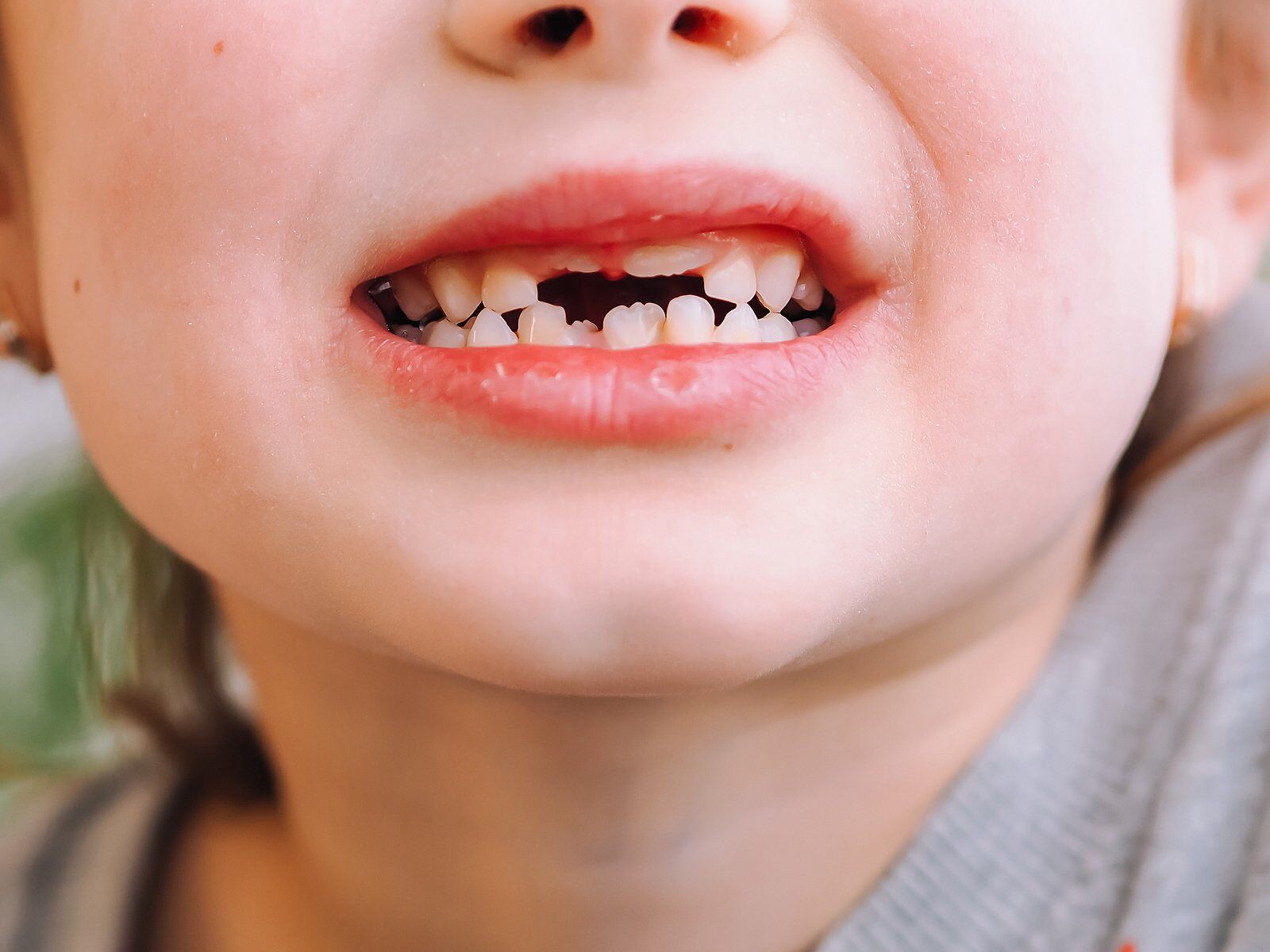When You Should Expect Your Child’s Teeth to Come in and Fall Out

It's common for parents to worry about whether their child's baby teeth are growing properly. Here's when you can expect your child's baby teeth to erupt and fall out, along with some reasons why their teeth may not be developing normally.
Normal Timeframes
Although everyone develops differently, the vast majority of children grow and lose baby teeth around the following times:
Upper Teeth
- Central incisors should erupt at 8 to 12 months and fall out at 6 to 7 years.
- Lateral incisors should erupt at 9 to 13 months and fall out at 7 to 8 years.
- Canines (cuspids) should erupt at 16 to 22 months and fall out at 10 to 12 years.
- First molars should erupt at 13 to 19 months and fall out at 9 to 11 years.
- Second molars should erupt at 25 to 33 months and fall out at 10 to 12 years.
Lower Teeth
- Second molars should erupt at 23 to 31 months and fall out at 10 to 12 years.
- First molars should erupt at 14 to 18 months and fall out at 9 to 11 years.
- Canines (cuspids) should erupt at 17 to 23 months and fall out at 9 to 12 years.
- Lateral incisors should erupt at 10 to 16 months and fall out at 7 to 8 years.
- Central incisors should erupt at 6 to 10 months and fall out at 6 to 7 years.
When Permanent Teeth Don't Come In
Sometimes permanent teeth do not erupt as they should. If your child's adult teeth aren't coming in as expected, these are the most likely causes.
Lack of space: For permanent teeth to properly erupt, they need sufficient space. Since permanent teeth are wider than baby teeth, there should be some space on either side of each baby tooth before it falls out. When there isn't any space, the adult teeth may not come in. This can surprise parents who believe their children's baby teeth look perfectly aligned. Ideally, a child should actually have small gaps between all their front baby teeth. If your child's front permanent teeth haven't come in months after the loss of his or her baby teeth, orthodontic treatments may be needed to help the adult teeth erupt.
Growing in wrong direction: In certain instances, adult teeth will grow in the wrong direction. This is relatively common with upper canines and lower second bicuspids. Even if they have plenty of space, the adult teeth can sometimes veer off path. Your dentist may need to remove your child's baby teeth to help correct the path of eruption. If this isn't effective, your child may need orthodontic treatments to help force wandering permanent teeth into the right position.
Sometimes, gender can play a role. It's common for girls to develop adult teeth up to six months sooner than boys. Studies indicate that obese kids tend to develop permanent teeth sooner. This can cause parents to worry, especially if their friends have children who have already developed adult teeth. In most cases, parents should relax and show a little patience. That said, if permanent teeth do not develop after a few months, it's generally best to have your child evaluated by your local dentist.


